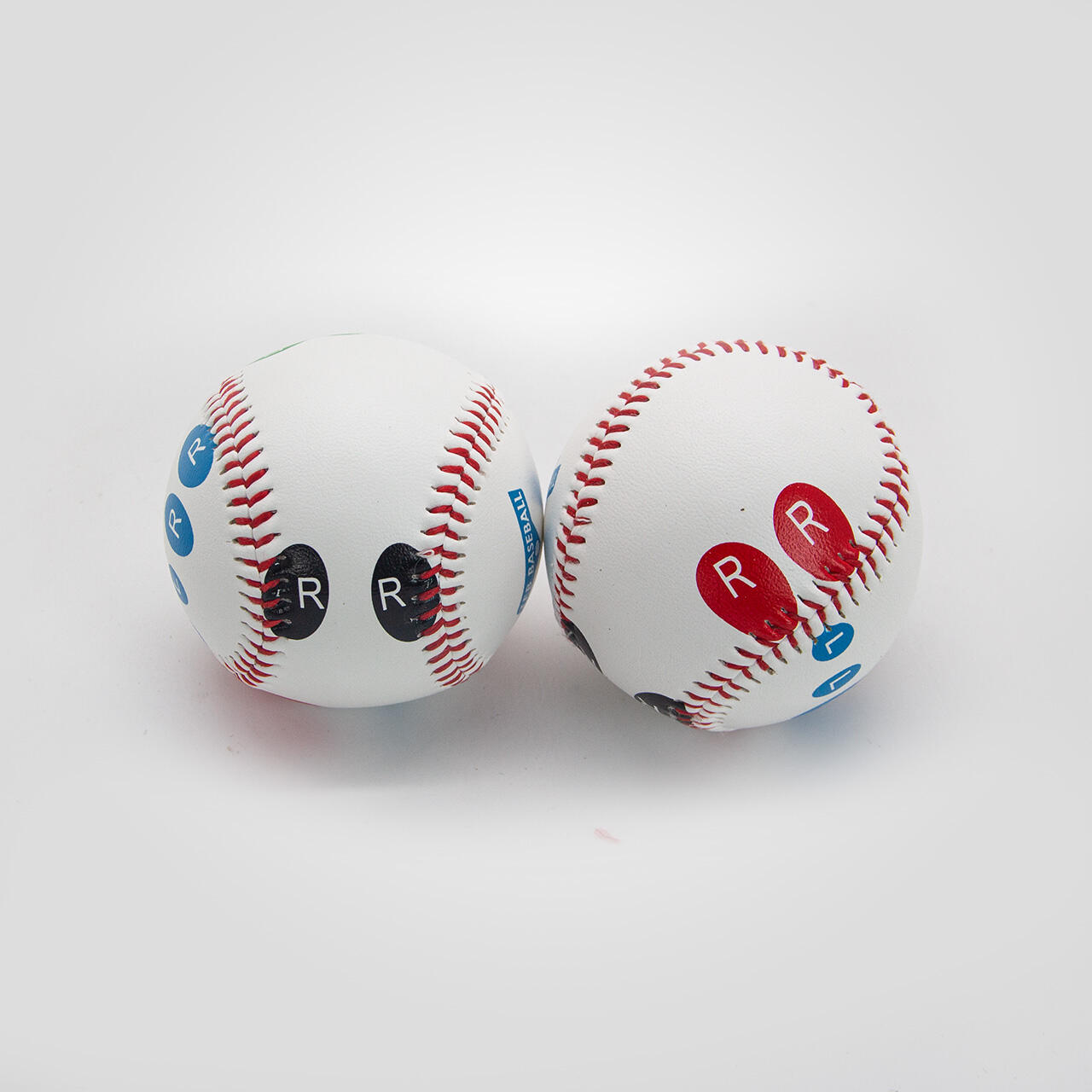Essential Guidelines for Baseball Distribution Excellence
The role of a baseball distributor extends far beyond simply moving products from manufacturers to teams. It requires deep product knowledge, understanding of various playing levels, and the ability to meet specific team requirements while maintaining quality and cost-effectiveness. Whether supplying professional leagues or educational institutions, distributors must navigate a complex landscape of specifications, regulations, and performance standards.
Success in baseball distribution demands careful attention to multiple factors, from manufacturing quality to price points, and from durability requirements to specific league regulations. This comprehensive guide will explore the crucial aspects that distributors must consider when selecting and supplying baseballs for different levels of play.
Understanding Baseball Quality Standards
Professional League Specifications
Professional leagues maintain strict requirements for their game balls. MLB-approved baseballs must meet exact specifications regarding size (9-9.25 inches in circumference), weight (5-5.25 ounces), and construction materials. The core must be precisely wound with specific types of yarn and covered with genuine leather. As a baseball distributor, ensuring compliance with these exacting standards is crucial for maintaining relationships with professional teams.
The stitching pattern, consisting of exactly 108 double stitches in waxed red thread, must be consistent and durable. These specifications ensure optimal performance and consistency across all professional games, making them a critical consideration for distributors serving the professional market.
School and Amateur League Requirements
Educational institutions and amateur leagues often require baseballs that balance quality with cost-effectiveness. These balls must meet NFHS (National Federation of State High School Associations) or NCAA specifications while remaining within budget constraints. The construction may utilize synthetic materials for the cover while maintaining professional-grade cores.
Durability becomes a crucial factor for school teams, as practice sessions demand balls that can withstand repeated use. Smart baseball distributors often offer tiered options, providing premium game balls alongside more economical practice balls that still meet basic performance standards.
Material Selection and Manufacturing Process
Core Construction Analysis
The heart of a baseball's performance lies in its core construction. Professional-grade balls feature a cork center surrounded by layers of rubber and wool yarn. Understanding these components helps distributors explain performance characteristics to clients. The winding tension and material quality directly impact the ball's behavior during play.
For school and amateur levels, modified cores using synthetic materials can provide adequate performance while reducing costs. Successful baseball distributors maintain relationships with manufacturers who can provide detailed specifications and consistent quality across all price points.
Cover Materials and Durability
Cover material selection significantly impacts both performance and longevity. Full-grain leather covers, standard in professional play, offer superior grip and consistent performance but come at a premium. Synthetic covers, while more affordable, must still meet minimum quality standards for grip, durability, and weather resistance.
Weather resistance becomes particularly important for outdoor practice facilities and regions with variable climate conditions. Distributors should consider offering specialized options for different environmental conditions, ensuring optimal performance regardless of weather challenges.
Price Point Optimization and Inventory Management
Cost-Benefit Analysis for Different Levels
Effective baseball distributors develop pricing strategies that align with different market segments. Professional teams require premium products regardless of cost, while school programs often operate under strict budgets. Understanding these dynamics helps in maintaining appropriate inventory levels across different price points.
Volume purchasing arrangements with manufacturers can help distributors offer competitive pricing while maintaining profit margins. Establishing long-term contracts with reliable suppliers ensures consistent quality and helps manage costs effectively.
Inventory Forecasting and Seasonal Demands
Baseball demand fluctuates seasonally, requiring careful inventory management. Peak seasons vary by region and league schedule, making accurate forecasting essential. Successful distributors maintain detailed records of historical sales patterns and team purchasing cycles.
Building relationships with multiple suppliers ensures steady product availability during high-demand periods. This approach also provides backup options when primary suppliers face production or delivery challenges.
Quality Control and Certification Processes
Testing and Verification Methods
Implementing robust quality control measures protects both distributor reputation and client satisfaction. Regular testing of incoming shipments ensures consistency in weight, size, and performance characteristics. Documentation of quality control processes helps maintain transparency with clients and manufacturers.
Establishing relationships with independent testing facilities can provide additional verification of product quality. This third-party validation adds credibility to quality claims and helps justify premium pricing for certified products.
Certification Requirements by League Level
Different playing levels require specific certifications and approvals. Professional leagues mandate strict certification processes, while school leagues may accept broader standards. Understanding and maintaining current knowledge of these requirements ensures compliance across all market segments.
Maintaining updated certification documentation helps streamline the sales process and builds client trust. Regular communication with governing bodies keeps distributors informed about changing requirements and new standards.
Frequently Asked Questions
What distinguishes professional-grade baseballs from practice balls?
Professional-grade baseballs feature premium materials including cork cores, wool winding, and full-grain leather covers, with precise specifications for weight and size. Practice balls may use synthetic materials and modified cores while maintaining similar dimensions but offering greater durability for repeated use.
How often should schools replace their baseball inventory?
Schools should typically replace game balls every season and practice balls based on usage patterns and visible wear. Factors affecting replacement frequency include practice intensity, storage conditions, and weather exposure. A general guideline suggests replacing practice balls every 2-3 months during active seasons.
What storage conditions best preserve baseball quality?
Baseballs should be stored in climate-controlled environments with moderate humidity levels (around 50%). They should be kept away from direct sunlight and extreme temperatures. Proper storage extends ball life and maintains consistent performance characteristics, making it a crucial consideration for both distributors and end users.


